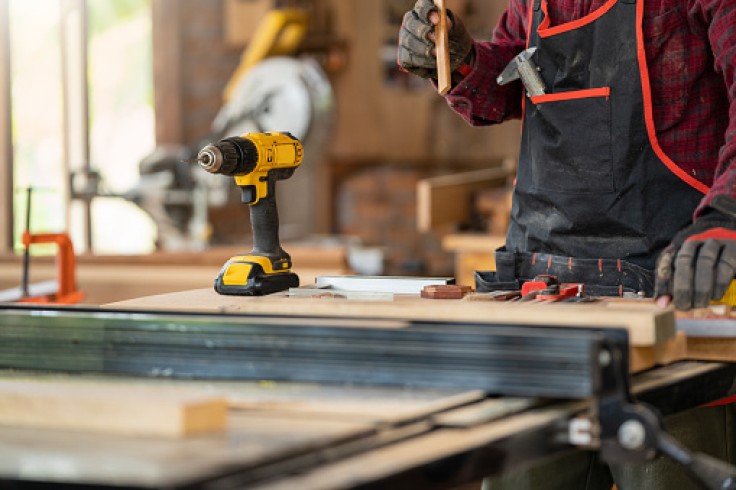Power drills are one of the most important tools you should have in your home, as they can be used for all sorts of DIY projects and repairs. As useful as they are, they can also be dangerous when not used properly. Here are some things to take note of whether you're new at using it or not.

Do
1. Wear protective equipment. When you're using tools that are powerful enough to drill a hole in a concrete wall, it's ideal to have protective gear in case the power drill happens to slip from your hands, or the debris might get into your eyes. While you can skip the gloves, you should always wear protective goggles or glasses.
2. Read the manual that the tool came with. All power tools come with manuals that contain instructions from the manufacturer. There are instances when some functions vary depending on the brand and model, so it would be advisable to familiarize yourself first before using the power drill.
3. Avoid any form of distractions. It's already been established that a drill is a powerful tool, meaning that you'll need to pay attention to what you are doing to prevent yourself from making mistakes. Just like you would in a car, operating the machine should be your sole focus.
4. Use the right speed settings. Most models come with speed settings for you to use the appropriate speed for your project. If different materials require different drill bits, the same can be said for speeds. Wood materials, for instance, require faster speed and torque, while concrete needs the drill to operate slower.
5. Inspect the state of your drill bits. It's not just the drill itself that has to be in tip-top condition. The drill bits tend to become dull once you've used them a couple of times. Make sure that they are still shard enough. Otherwise, it might damage the material you're trying to cut through.
Don'ts
1. Don't apply too much pressure. Let the drill do its work and only give it a little nudge toward the direction you're working on. Too much force or pressure might result in losing control of the tool, leading to injury. If you can't estimate how much force is required, push little by little until you see the drill bit burrowing.
2. Avoid using the drill beyond its capabilities. If you notice that the drill is not working despite putting the appropriate amount of pressure and having a sharp drill bit, you should stop immediately. This means that the drill might not have enough torque or force and you need to get a sturdier one.
3. Don't drill above eye level. Once the spot you're drilling into is already above your head, you might find the holes you're drilling slightly inclined or declined. Keeping it below or at eye level gives you more control over the drill, allowing you to keep it straight as it goes through.
4. Don't let your drill overheat. With all the machine power that goes into creating a hole in a solid material, your drill will generate some heat. When you feel like the drill is already overheating, let it cool down to room temperature before using it again as it could be damaged otherwise.
5. Don't leave the tool plugged or turned on. A lot of accidents start from electronic tools not being shut off properly. Leaving your power drill on can injure those who are unaware, or even you if you forget that you haven't turned it off.









